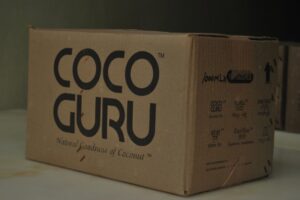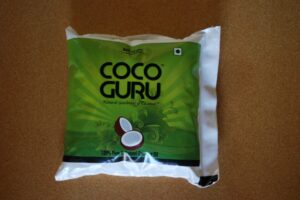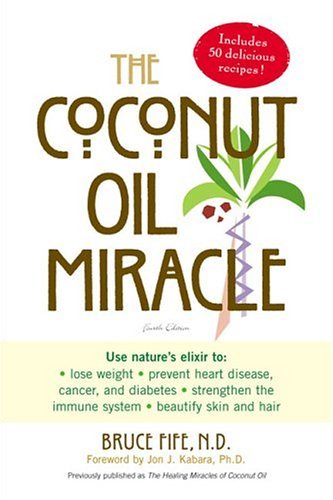This is the letter that we submitted to the Industry Chamber and hence to the Government of Karnataka to clear many of the anomalies in Value Added Tax for Coconut Oil in Karnataka. Majority of these issues are brought out in an earlier post.
To,
The PresidentPuttur Chamber of Commerce and Industry
Subject :- Revision of Value Added Tax rates for Coconut Oil as Edible Oil
Respected Sir,
With the Union budget and the State budget coming up shortly. As part of the Coconut Oil Industry, we request the Government to
- Reduce the Value Added Tax rates for Coconut Oil from present levels (5%)
- Consider coconut oil sold in all quantities (above/below 200 gms) as for edible purpose and apply same rate (instead of 5% and 13.5%)
The following are the points considered to arrive at the above conclusion
- Coconut Oil is a prime cooking oil not only in Kerala but also in coastal Karnataka.
- Neighboring states of Kerala and Tamil Nadu don’t have any taxes for Coconut Oil. While in Karnataka VAT is 5% for quantity above 200 grams and 13.5% for quantity equal to and below 200 grams.
- Under such high tax regime, business that pay taxes can’t compete with businesses that don’t pay taxes. So the market is flooded with adulterated and lower quality products.
- Various researches have shown that Coconut Oil is good for heart and health, so it should be promoted for use in cooking.
- Since the price of coconut oil is higher, other edible oils such as palm oil, sunflower oil and soybean oil are being imported without any customs duty and is becoming a threat to indigenous coconut industries and farmers.
- While other edible oils are trading with lesser taxes, coconut oil with higher taxes is not having a level playing field.
- Weaker sections of the society who earn daily wages and have to spend for their daily food prefer to buy their cooking oil in smaller quantities like 50 ml, 100 ml and 200 ml. These are now taxed at a whopping 13.5%!
- Prices of the essential commodities like coconut oil and coconuts have doubled over last one year and is becoming less affordable to majority i.e. middle and lower class consumers.
- We manufacture coconut oil for edible purpose, we follow the Prevention of Food Adulteration guidelines and have obtained Edible Oil Packing license for the same. But the products we sell attract taxes that are meant for cosmetic items and not edible items.
- Being an essential commodity, the market is extremely price sensitive and any reduction in taxes will benefit the farmers and lower class consumers tremendously.
Request you to kindly communicate the matter to the respective government departments for taking necessary steps and actions.
Thanking You,
Yours faithfully,
For Cocoguru Coconut Industries Pvt. Ltd.
B. Keshava Ram
Managing Director
Update on 25th February 2011 – Karnataka Government hikes tax rates for goods presently taxed at 13.5% to 14%
Update on 1st August 2012 – Rate is again hiked from 14% to 14.5% with effect from August 1st 2012 to July 31st 2013



 Solution
Solution If a 250 page book has to be written exclusively on one product, without much repetition, making full sense with understandable logic, by veteran nutritionist, then this should suggest how miraculous the product (Coconut Oil) should be. Now, why isn’t there a similar book that talks about the so called healthy and widely used oils like Sunflower Oil, Soyabean Oil or Hydogenated Oils (Vanaspati)?
If a 250 page book has to be written exclusively on one product, without much repetition, making full sense with understandable logic, by veteran nutritionist, then this should suggest how miraculous the product (Coconut Oil) should be. Now, why isn’t there a similar book that talks about the so called healthy and widely used oils like Sunflower Oil, Soyabean Oil or Hydogenated Oils (Vanaspati)?